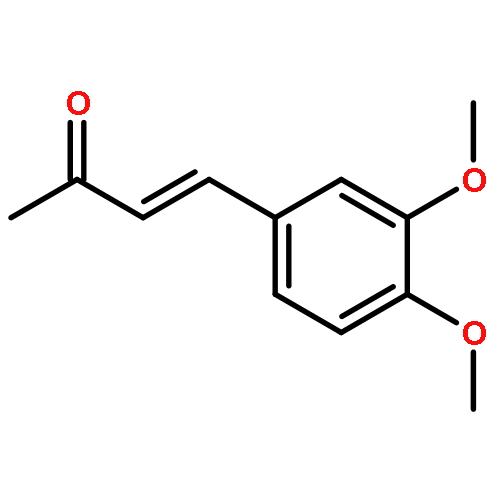Co-reporter: René R. E. Steendam, Tim J. B. van Benthem, Evelien M. E. Huijs, Hugo Meekes, Willem J. P. van Enckevort, Jan Raap, Floris P. J. T. Rutjes, and Elias Vlieg
pp: 3917
Publication Date(Web):June 16, 2015
DOI: 10.1021/acs.cgd.5b00531
Viedma ripening was recently applied to a reaction enabling the conversion of achiral reactants in solution into enantiopure product crystals. Here we show that the configuration of the final product and the rate of deracemization are highly dependent on the initial crystal nucleation process or, if applied, seed crystals. Depending on the nucleation process, the transformation proceeds through total spontaneous resolution or Viedma ripening. Swift solid state deracemization can also be achieved using heating–cooling cycles as an alternative to Viedma ripening, provided that crystal nucleation results in a sufficiently high initial enantiomeric excess to trigger the deracemization process.
